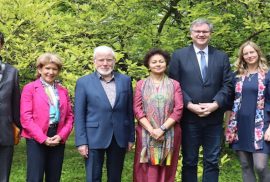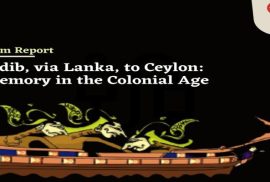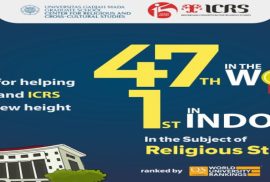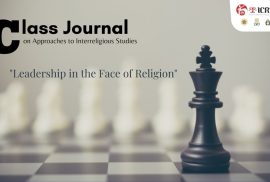International Board Members and Executive Committee of Globethics.net
Written by Jekonia Tarigan
Globethics.net is a global network of teachers and institutions with the vision to embed ethics in higher education. Founded in 2004, Globethics.net strives to educate and inform people, and especially leaders in society so they can contribute to building sustainable, just, and peaceful societies. Therefore, Globethics.net believes that equal access to knowledge resources in the field of applied ethics enables individuals and institutions from developing and transitioning economies to become more visible and audible in the global discourse is pivotal. Globethics.net maintains the conviction that the transformative effect of ethics is not just for the individual, but for society as a whole. For this reason, Globethics.net develops its resources and programs to meet the following goals: empowerment (developing talents), transformation (placing common good before self-interest), a holistic approach (understanding of in-depth correlations), integrity (making values-based decisions and behaviors), competence (focusing on innovative and collective proficiency), and sustainability.
Since 2010, the Indonesian Consortium for Religious Studies (ICRS) Yogyakarta has managed the regional coordination of Globethics.net Indonesia. The Indonesian Consortium for Religious Studies (ICRS) is a consortium of three universities: Universitas Gadjah Mada (UGM), Sunan Kalijaga State Islamic University (UIN), and Duta Wacana Christian University (UKDW). Together, the consortium offers an integrative, international Ph.D. program in inter-religious studies. ICRS is a unique religious study as it is co-sponsored by Muslim, Christian, and national-secular universities. Since 2018, ICRS Core Doctoral Faculty member Dr. Dicky Sofjan has been a member of the panel of experts for Globethics.net. In late 2021, Sofjan was inducted into Globethics.net’s international board and attended its meeting on April 29-30, 2022, in Geneva, Switzerland. Other board members from Switzerland, Germany, India, Canada, and Brazil also attended the two-day hybrid meeting at the Globethics.net office located at the Ecumenical Center in the heart of the picturesque city of Geneva.
One of many of the decisions of the international board was to establish a regional office in Indonesia, located at Universitas Gadjah Mada. Sofjan has also been tasked to lead the office in Yogyakarta as its National Director and recruit a National Program Officer to oversee the day-to-day operations of the Globethics.net Indonesia regional office. In addition to attending the international board meeting of Globethics.net, Sofjan also met with the Program Executive for Interreligious Dialogue and Cooperation Dr. Abraham Silo, Dean of the Ecumenical Institute at Bossey Dr. Simone Sinn, and Program Executive for Public Theology and Interreligious Relations Dr. Sivin Kit. Aside from that, Sofjan also met with OHCHR Human Rights Officer Michael Wiener and Chief of the Human Rights Treaties Branch at the United Nations High Commissioner for Human Rights Ibrahim Salama.
 International Board Members, Executive Committee and Staff of Globethics.net
International Board Members, Executive Committee and Staff of Globethics.net
 Meeting with UN High Commissioner for Human Rights at the Jardin Botanique.
Meeting with UN High Commissioner for Human Rights at the Jardin Botanique.




